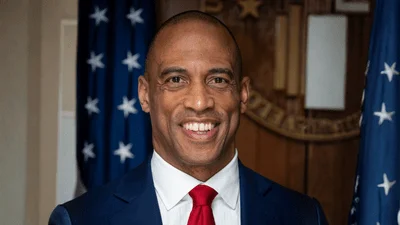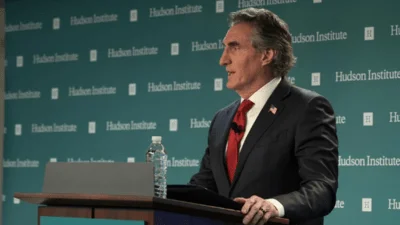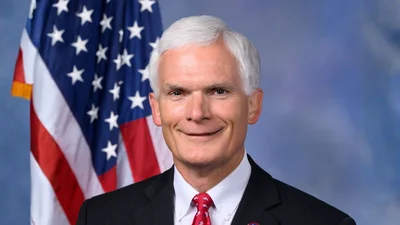The Treasury Borrowing Advisory Committee (TBAC) has issued a report to the Secretary of the Treasury, providing insights into current economic conditions and their implications for Treasury borrowing strategies. Since the last meeting in October, 2-year Treasury yields have remained stable while 10-year yields increased by approximately 25 basis points. The broad trade-weighted dollar appreciated by 2.1%, nearing its highest point since 2022. The S&P 500 index rose by 4%.
Economic growth in the US continues to be strong, with real GDP increasing by an average of 2.8% in 2024, driven largely by consumer spending. Business and housing investments also contributed to growth but were less robust due to sensitivity to higher interest rates.
Unemployment rates stabilized at around 4.1%-4.2% in late 2024, with payroll job growth averaging 165,000 per month during that period. Despite historically low layoff rates and subdued initial claims for unemployment insurance, hiring and quit rates remain below pre-pandemic levels.
Inflation measures indicate a significant cooling but still above the target of 2%. Core PCE inflation was at 2.8% year-on-year in December, with three-month and six-month annualized paces slowing to 2.2% and 2.3%, respectively.
The Federal Open Market Committee (FOMC) reduced policy rates by one percentage point in late 2024 and signaled a slower pace of rate cuts moving forward. Interest rate markets have priced between one and two additional rate cuts for this year.
Government policies remain a focal point for market participants, with expectations surrounding fiscal packages that aim to lower taxes and spending while raising revenue through tariffs impacting Treasury issuance plans.
In terms of borrowing estimates, the Treasury expects privately-held net marketable borrowing of $815 billion in Q2 FY2025 (Q1 CY2025), slightly lower than previous estimates from October. For Q3 FY2025 (Q2 CY2025), borrowing is expected to be $123 billion.
The TBAC discussed several issues including an assessment of the Treasury's buyback program which is meeting its objectives but highlighted areas for further study such as liquidity demand concentration and TIPS buybacks effectiveness.
Regarding central clearing rules adopted by the SEC in December 2023, concerns were raised about implementation challenges related to inter-affiliate requirements and cross-border applications among others.
For upcoming issuance recommendations, the Committee advised maintaining nominal coupon auction sizes while supporting increases for TIPS auctions despite some reservations about expanding certain maturities due to limited buyer bases.
The Committee stressed that any changes should not signal immediate increases in nominal coupon auction sizes amid uncertainties regarding macroeconomic developments and fiscal trajectories.
Finally, debt limit constraints were noted as potential risks affecting government financing efficiency which could lead to economic uncertainty impacting financial markets and US credit ratings if unresolved.
Respectfully,
Deirdre K. Dunn
Chair, Treasury Borrowing Advisory Committee
Mohit Mittal
Vice Chair, Treasury Borrowing Advisory Committee





